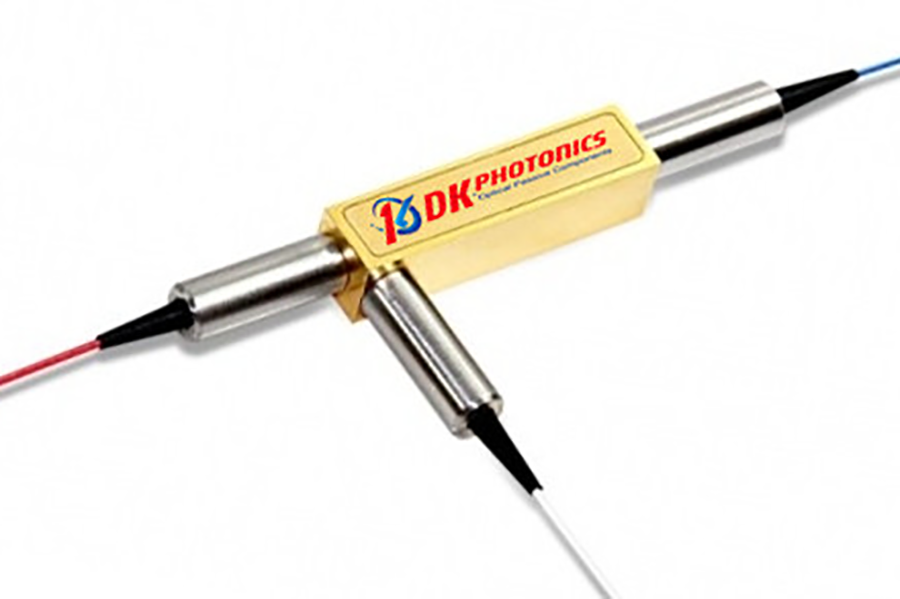An optical circulator is an optical passive component based on the non-reciprocal polarization of an optical signal by the Faraday Effect. In this blog, we will discuss different facts about a PM optical circulator that will help you learn more about these components.
- It’s a Three-Port Device.
Unlike other passive components, a PM optical circulator is a three-port device where Port 1 is the input port, port 2 is the output port, and port 3 is the port that receives signals reflected from port 2. It is the three-port configuration that makes it possible for an optical circulator to do its job without fail.
- It Ensures Unidirectional Transmission.
Just like an electronic circulator, an optical circulator allows light to travel in only one direction. When the light enters Port 1, it exits from port 2 with minimal loss, and the signal reflected in this port is redirected to port 3, ensuring that there is no back reflection between ports, i.e. the optical signal from port 2 doesn’t return to port 1. Hence, this small device allows the light signal to travel in a unidirectional manner.
- It Ensures Non-Reciprocal Polarization.
Though optical circulators and couplers have similar applications and operations, the fundamental difference between these two devices is that, in optical circulators, the non-reciprocal polarization of the optical signals occurs. In optical circulators, the light travels between ports in a predefined sequence, where a 3-port configuration exists.
- It Is Non-Reciprocal.
With the above-mentioned point, you can easily imply that optical circulators are non-reciprocal devices. A non-reciprocal device is one where any changes in the light properties caused by passing through the device don’t get reversed if light travels back in the opposite direction.
- It Has Fast-Axis Blocked.
Polarization-maintaining optical circulators are usually fast-axis blocked. It means that PM optical circulators are designed to work with the light that is launched into the slow axis. However, not all optical circulators are the same. You can also request circulators that can work on both slow-axis and fast-axis linear polarizations.
- It Can Be Customized.
PM optical circulators are available in a wide range of varieties such as circulators with no connectors, circulators with FC/PC connectors, and circulators with FC/APC connectors. Depending on your specific requirements (of course, if they are feasible), optical circulators can also be customized for your particular application or project.
- It Features High Isolation and Low Insertion Loss.
Since optical circulators feature high isolation and low insertion loss, optical circulators find their usage in advanced communication systems as add-drop multiplexers, bi-directional pumps, and chromatic dispersion compensation devices.
- It Can Be Used to Send Optical Signals in Two Directions.
Though it may sound contrary, optical circulators can also be used to transmit optical signals in two directions down a single fiber. A circulator is positioned at both ends of the fiber and each circulator adds a signal in one direction while removing the signal from the other.
We hope this post on polarization-maintaining optical circulators has made concepts clearer to you.


Leave A Comment